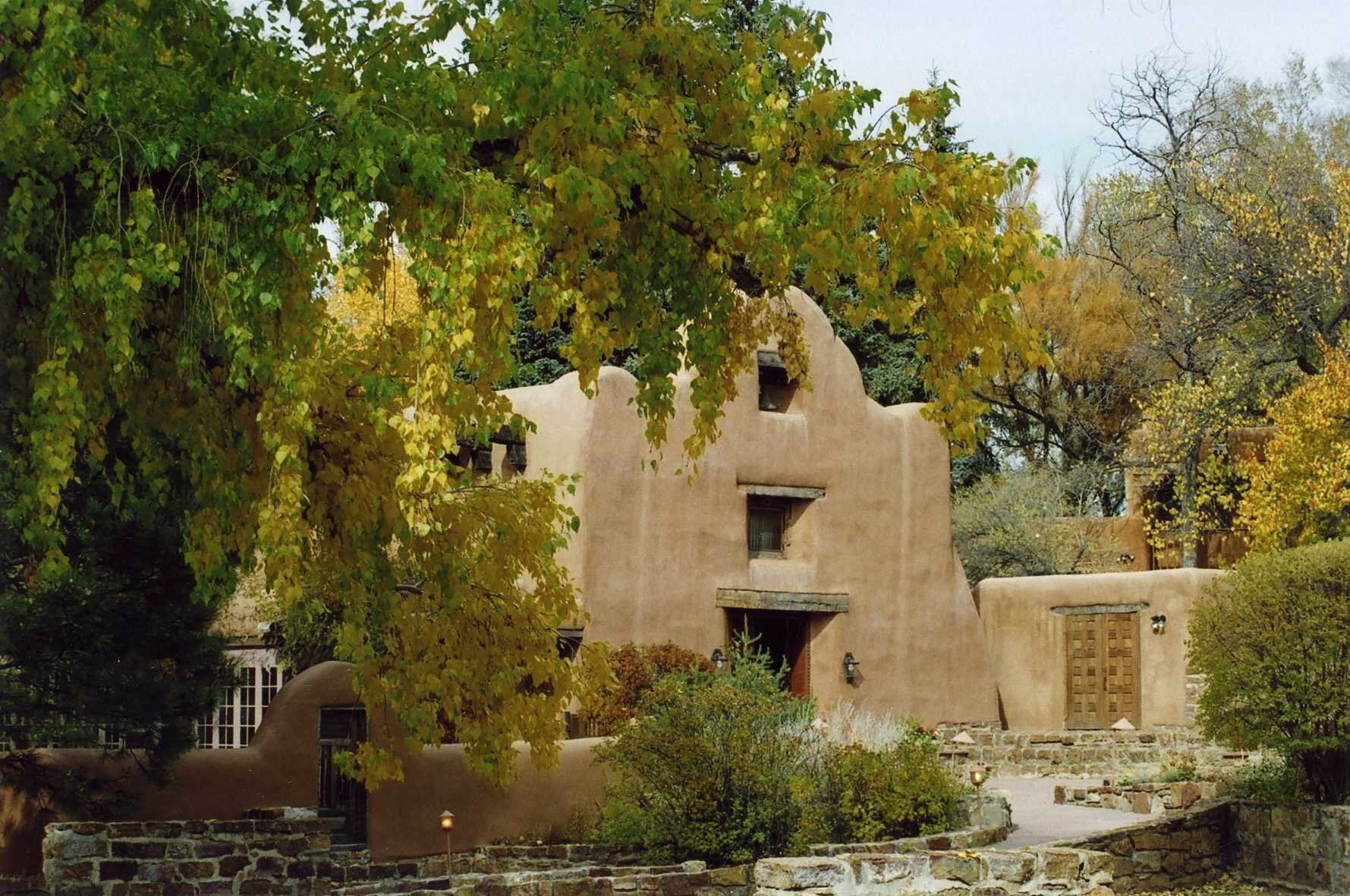Welcoming the La Farge House to Historic Santa Fe Foundation's Register
Los Pinos Ranch Added to HSFF's Register
Grill-Lucero House on the Register of Properties Worthy of Preservation

The Roque Lobato House - A Book on HSFF's Register Property Lobato - Morley House

